There are innumerable pilgrimage routes as important as The Camino de Santiago. in other parts of the world that are traversed by thousands of pilgrims every year. One of the most important is in Japan, no less. This is the Kumano Kodo WayThe equivalent of our Camino de Santiago on the other side of the globe. This Way, which communicates different points of the Kii Peninsulahas been a place of pilgrimage for thousands of years for millions of people, including aristocrats and emperors, as is the case with the Camino de Santiago in all its variants. In fact, just as it happens with the Camino de Santiago, was declared a World Heritage Site by Unesco in 2004 as part of the “Sacred Sites and Pilgrimage Routes in the Kii Mountains” property.as part of the property “Sacred Sites and Pilgrimage Routes in the Kii Mountains.
Imperial or Nakahechi Route
In ancient times, the Nakahechi pilgrimage route or Imperial route was widely used by the imperial family on their pilgrimage from Kyoto. Today this route is one of the most popular of the Kumano Way. It is known as Imperial Route because between the tenth and eleventh centuries it was the most used by the imperial family and the Japanese court to make pilgrimages to the shrines of Kumano Kodo.
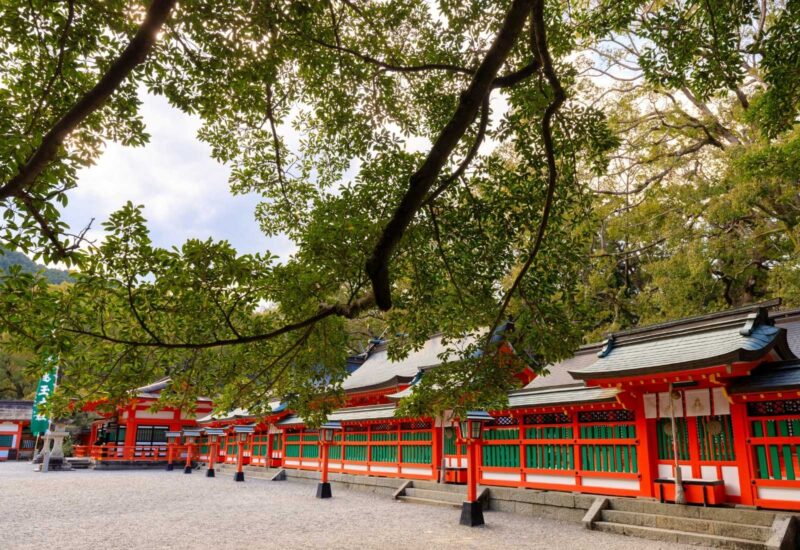
In the old days, pilgrims set out from Jonan-gu Shrine in Kyoto by boat. Sailing along the Yodo-gawa River, they reached Osaka and from there they continued to Tanabe, where they began the Nakahechi route until they reached the destination of their pilgrimage: the Kumano Hongu Taisha shrine. Once there, they usually went down the river until they reached the Kumano Hayatama Taisha shrine in Shingu and then continued their journey along the coast until they reached the Kumano Nachi Taisha shrine.
Tanabe – Kumano Hongo Taisha – Kumano Hayatama Taisha – Kumano Nachi Taisha today
At present, this route is very well very well recovered and its preservation makes it one of the most spectacular, crossing the entire inside of the Kii Peninsula. The Nakahechi route departs from the Takijiri-oji and stretches about 38 kilometers to the Kumano Hongu Taisha Kumano Hongu Taisha Shrineshrine, the heart of the Kumano Kodo path.
Mountain Route or Koyasan
It is known as the Koyasan Route because it connects Kumano with another of the great spiritual centers found on the Kii Peninsula: Mount Koya or Koyasan. Mount Koya or Koyasan.
The Kohechi pilgrimage route or mountain route crosses the peninsula from north to south and is perhaps the most isolated of the four.
Koyasan – Kumano Hongo Taisha Today
This is the most difficult of all. We recommend to prepare it well and to do it only if you are an experienced hiker. Its requirement lies in the amount of accumulated difference in altitude (it crosses three mountain passes with an altitude of more than 1000 metres) and in its lengtharound 700 km. In addition, it is necessary a very good planning since it does not have much infrastructure and it is difficult to find accommodation.
Route of the Coast or Ohechi
Between the 10th and 15th centuriesthe Ohechi route connected along the coast (and hence it is known as the Coastal Route) the city of Tanabe with the temple Fudarakusan-jivery close to Kumano Nachi Taisha. The Ohechi route or Coastal route has always had a religious charge already in the XVII century, and it was also an important tourist route for its wide views over the Pacific Ocean.
Tanabe – Fudarakusan-ji today
Today, this route has this route has almost completely disappearedmainly due to human pressure and modernization of the area. It is true that some ports still offer spectacular views over the Pacific Ocean and the coast of the Kii Peninsula, but its decline has made it not exactly one of the most popular and it is hardly possible to find information or maps to do it.
East Route or Ise
This route is also called the Ise Route because it links the sacred area of Kumano with the most important shrine in Japan: the Ise Shrine. Ise Shrinein Mie Prefecture. The Iseji or eastern route has a variety of landscapes including mountain passes, bamboo forests, rice paddies and beaches.
Ise – Variant Kumano Hongo Taisha / Ise – Variant Kumano Hayatama Taisha
Many of the stages of this route are still popular today, as they enjoy spectacular scenic beauty. spectacular scenic beauty. Some of these sections are the port of Magose in Owase and the port of Matsumoto in the city of Kumano.
Double credential
The Camino de Santiago and the Kumano Kodo Way are the only two routes declared World Heritage Sites by UNESCO. For this very reason both routes have been twinned and there is the option of receiving a double credential that accredits you as a pilgrim of both routes if you meet the following requirements:
TO HAVE COMPLETED ONE OF THESE ROUTES OF THE KUMAN WAY ON FOOT:
- Takijiri-oji to Kumano Hongu Taisha.
- Kumano Nachi Taisha to/from Kumano Hongu Taisha.
- Hosshinmon-oji to Kumano Hongu Taisha.
- Koyasa to Kumano Hongu Taisha.
TO HAVE COMPLETED THE CAMINO DE SANTIAGO WITH THESE SPECIFICATIONS:
- Have completed 100 km of The Camino de Santiago on foot or on horseback or 200 km by bicycle.
- Get the credential to be stamped along the trip on both Caminos. The Credential for the Camino de Santiago can be obtained in Spain (at the pilgrim’s office in Santiago de Compostela) and the one for the Kumano Kodo Way in Kumano, Japan (at the Tanabe office and at the Hongu office).
- Another option is to obtain the dual credential directly. In Japan you can get it in different places, not only in Tanabe, but also in Koyasan or Ise. It is foldable and on one side you have the stamps for the Kumano Kodo; and on the other side, the stamps for The Camino de Santiago
- Register as a dual pilgrim after finishing both routes, in the stipulated places, either in the city of Tanabe or in Santiago de Compostela.
On the official website you can find everything you need to obtain the credential.
Regarding the accommodationit is difficult to complicated to find accommodation in many of the small villages through which the different routes pass. In addition, many of these places are not typical lodgings, but private houses with reduced opening hours. The shortage of supply and high demand mean that prices are often high. For all these reasons, although the ideal is to advance as you go along the Camino, our recommendation is that you should try to settle at a base point and use public transport from there to cover each of the stages. The best communicated towns are Shingu y Kii-Katsura.
Tips
- It is recommended that you visit the Tourist Information Office in Kii-Tanabe before you set off on your trip and obtain one of the maps that they publish free of charge. Your mobile phone won’t be of much use to you as you won’t have coverage in many places. On the other hand, they will be able to give you a hand with accommodation, which as we have already seen, is complicated.
- As on the Camino de Santiago, we recommend that you wear suitable footwear.
- As for the clothingThe right thing to do is to adjust to each season of the year. In any case, keep in mind that due to the climate in Japan, there can be sudden changes in temperatureand the rain and temperatures in the summer make mosquitoes mosquitoes abound (it is essential to wear long sleeves and long trousers).
- There are, as in the Camino de Santiago, options to avoid having to carry luggage at each stage. You have more information about the luggage shipping in Kumano Kodo on the official website.
- There is the possibility of hiring specialized guides on the official website.
- Don’t forget one of the fundamental pillars of tourism in Japan: gastronomy. gastronomy. We recommend rice balls wrapped in a pickled mehari-zushi leaf; ayu fish from the Kumano River; wagyu, or Kumano beef (a descendant of the Tajima breed); tofu boiled in yu-dofu hot springs; rice stew cooked with tea or onsen gayu; and otonachi tea, typical of the Fushiogami district.

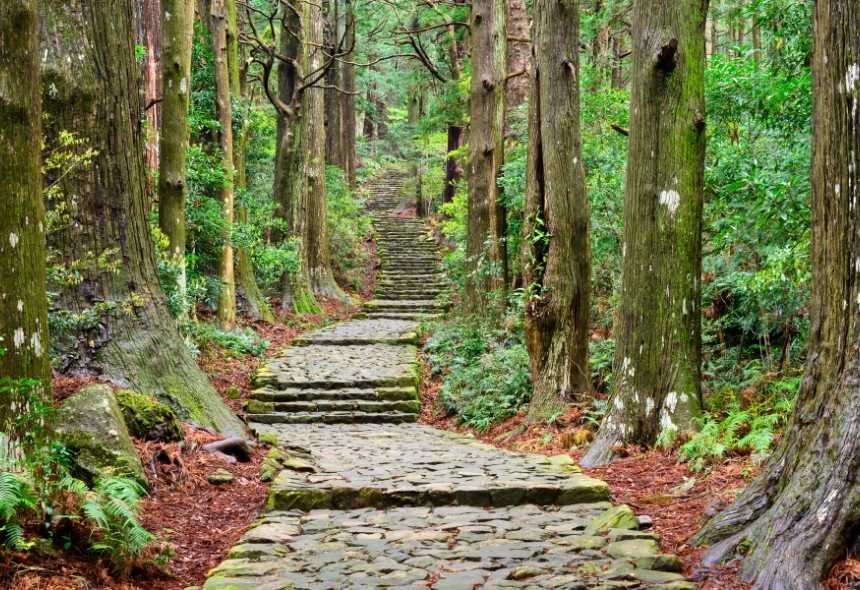
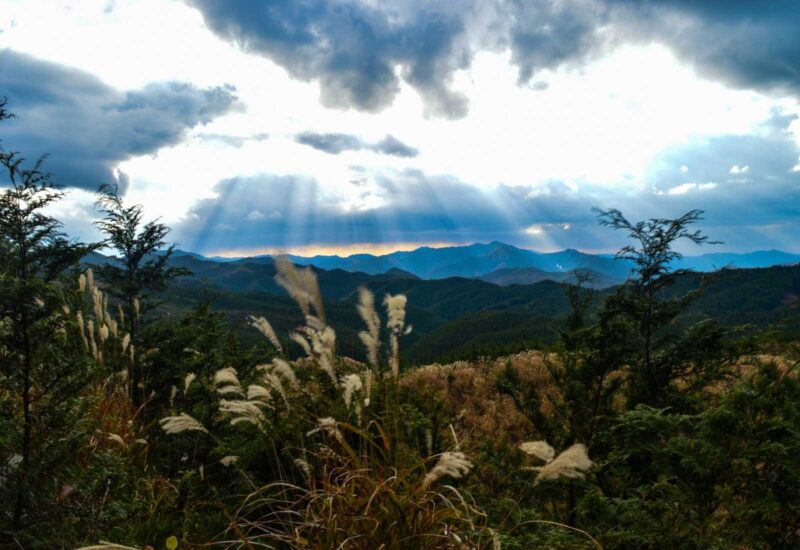
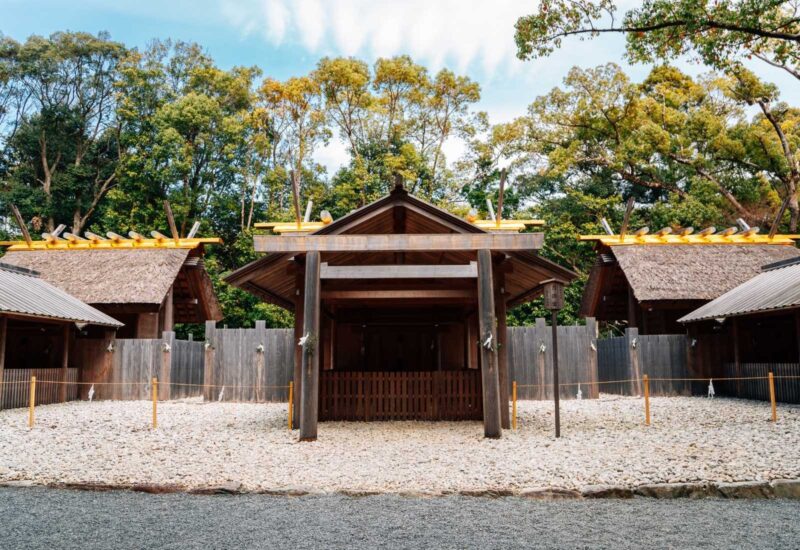
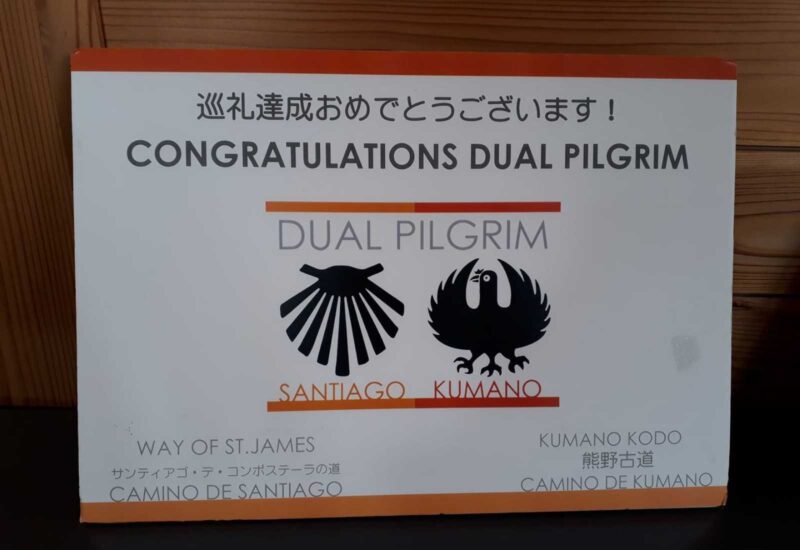


Leave A Comment